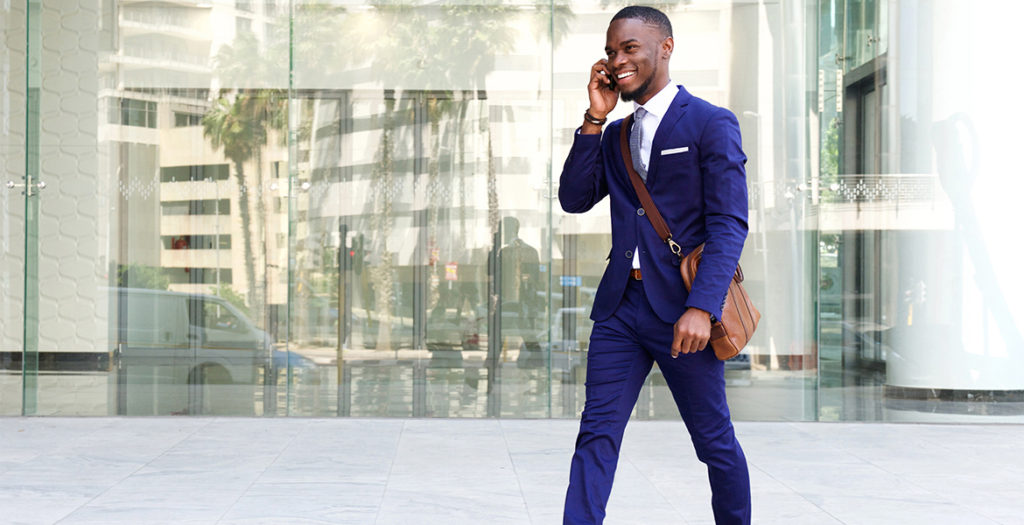What are your pet peeves? Chances are traffic congestion and having to commute are right up there. Millions of South Africans, and billions of people across the world, feel the same way. At Melrose Arch in Johannesburg, we’re doing something about this.
The layout of this precinct, and the way in which its latest additions like One on Whiteley are being developed, bring to life the best elements of mixed-use precincts. Chief among these, is walkability. One on Whiteley is the latest residential address at Melrose Arch. If you’ve purchased a unit here, or you’ll be renting one, you can look forward to a high-quality lifestyle. Just about everything you need is within comfortable walking distance. And this doesn’t apply only to shops and restaurants because you also have the option of working close to home, thanks to the range of commercial space that is available for office rentals.
Consider for a moment how much time and money you’ll save by not having to sit in traffic or commute to work. Add to that lower levels of pollution, less agitation, stress and frustration, and having all your daily needs taken care of within a comfortable walking distance, and you see how much you can gain from living in mixed-use precincts such as this.
These developments, where different types of property co-exist in a single location, means people can live, work and enjoy their downtime within a conveniently small radius. But making these precincts walkable, is about more than getting around on foot.
A Harvard study found that improving walkability addresses many factors – lifestyle issues and diseases associated with obesity, deserted city centres, traffic and congestion, pollution, environmental concerns, sustainability, social isolation and more. So ‘walkability’ covers a lot of ground! It…
- improves sustainability by way of reductions carbon footprints;
- encourages less driving and more healthier ways of getting around, often non-motorised – like walking or cycling;
- cuts transport costs, time spent sitting in traffic, congestion and pollution;
- eases the environmental impact by decreasing the need for factories that produce cars and refine fuel, and reducing the need for costly road maintenance thanks to fewer cards on the roads;
- stimulates pockets of small, independent economic activity in many parts of a city, instead of having main business and shopping areas; and
- enables a sense of community by encouraging public life and social cohesion through multiple and multipurpose open-air spaces.
Jeff Speck, author of the bestselling Walkable City, says the thinking used to be that a strong economy would lead attract people and give them a higher quality of life. But nowadays the opposite is true. Creating better quality of life is the first step and then new residents and jobs come as a result.


